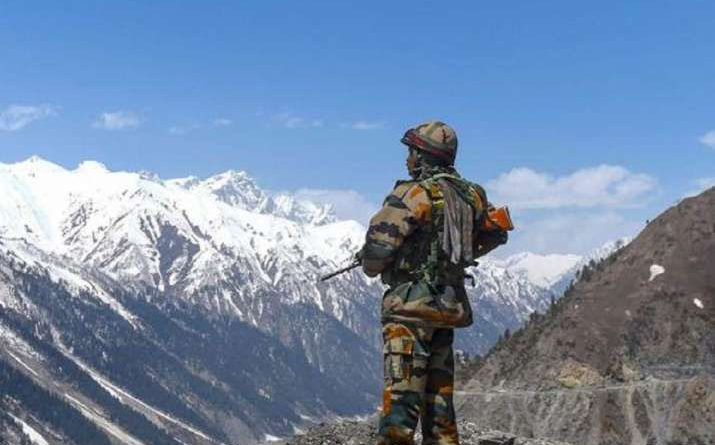Chinese Troops Pull Back 2 Km From Patrolling Point 14 In Galwan
06 Jul 2020
The Chinese Army has reportedly moved back from the patrolling point 14, sources have said. The patrolling point 14 had emerged as a hotspot after
Chinese troops had moved ahead of the Line of Actual Control (LAC) in the Galwan region.
The Chinese Army has reportedly moved back from the patrolling point 14, sources have said. The patrolling point 14 had emerged as a hotspot after Chinese troops had moved ahead of the Line of Actual Control (LAC) in the Galwan region. According to the sources, the Chinese Army has moved back nearly 2 kms from the Galwan Valley.
A buffer zone has been created between the Indian and Chinese troops, they said, adding a mutual withdrawn of the Indian and Chinese troops have taken place, but is most likely limited to Galwan.
“Chinese Army has moved back tents, vehicles & troops by 1-2 km from locations where disengagement was agreed upon at Corps Commander level talks,” news agency ANI reported quoting Indian Army Sources.
“Chinese heavy armoured vehicles still present in-depth areas in Galwan river area. Indian army monitoring the situation with caution,” it added.
The extent of the mutual pull-back has not been specified, the sources have said.
According to media reports, temporary structures are being removed by both sides, and physical verification has also been conducted.
Indian Navy’s P-8I aircraft generally used for maritime patrol and reconnaissance, had been pressed into service in Ladakh for high altitude surveillance.
The P-8Is carried out similar surveillance operations during the 2017 India-China standoff in Doklam in Sikkim.
However, sources said PLA has removed tents and structures at PP14 and rearward movement of vehicles of the PLA were seen in general area Galwan, Hotsprings and Gogra.
The retreat on Sunday, sources said, is limited to these areas and not other contentious points along the LAC.
On June 30, the Indian and Chinese armies held the third round of Lt General-level talks during which both sides agreed on an “expeditious, phased and step wise” de-escalation as a “priority” to end the standoff.
The first round of the Lt General talks were held on June 6 during which both sides finalised an agreement to disengage gradually from all the standoff points beginning with Galwan Valley.
However, the situation deteriorated following the Galwan Valley clashes as the two sides significantly bolstered their deployments in most areas along the LAC.
On Friday, Prime Minister Narendra Modi made a surprise visit to Ladakh during which he said the era of expansionism is over and that the history is proof that “expansionists” have either lost or perished, in comments which were seen as a clear message to China that India is not going to back off
The tension escalated manifold after killing of 20 Indian soldiers in Galwan Valley. The Chinese side also suffered casualties but it is yet to give out the details.
Both sides have held several rounds of diplomatic and military talks in the last few weeks to ease tension.
Following the Galwan Valley clashes, the Army has sent thousands of additional troops to forward locations along the border besides moving in heavy weapons.
Courtesy: Opera News/India TV

